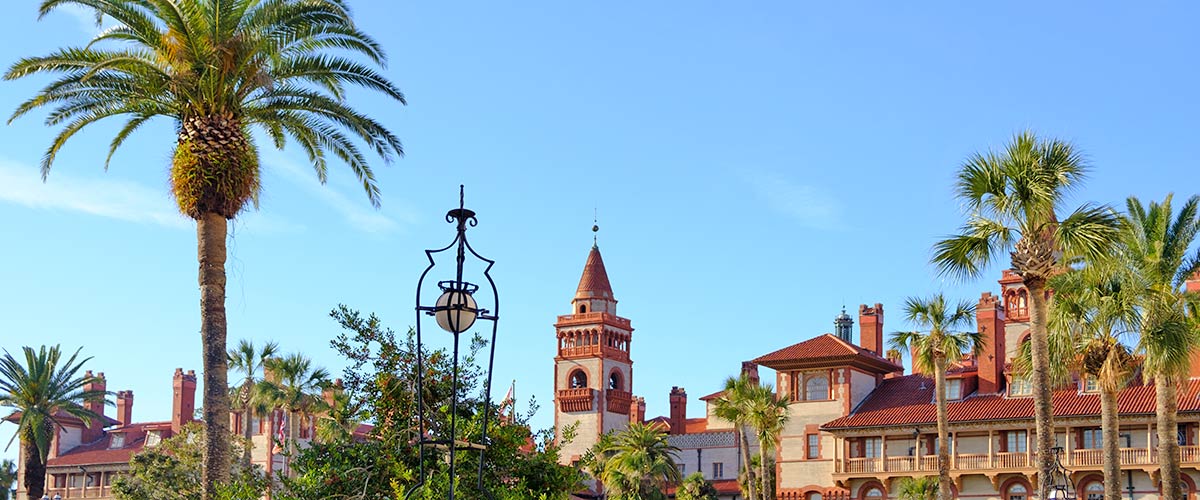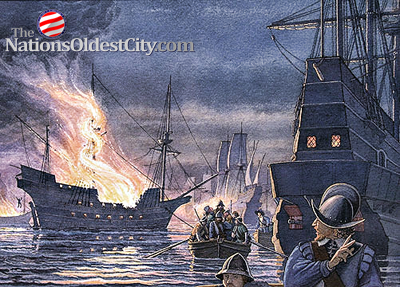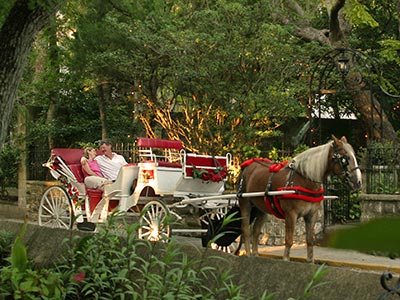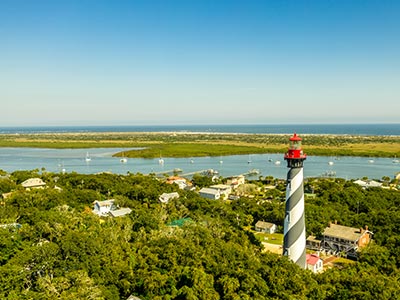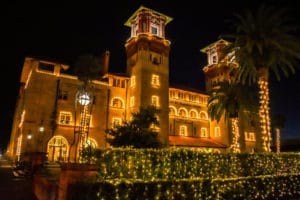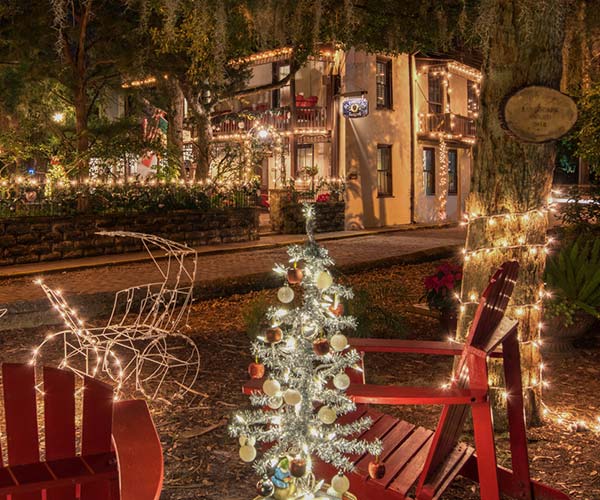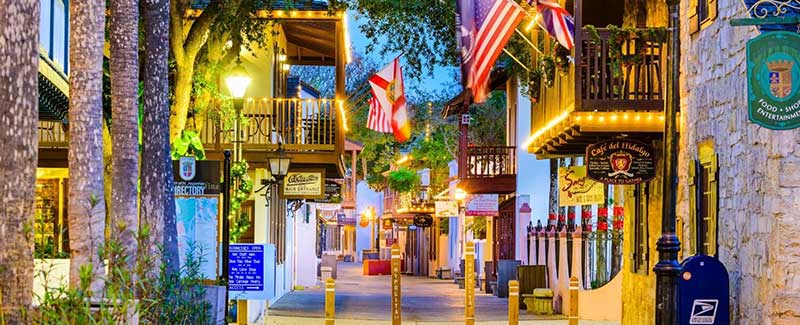From Wikipedia, the free encyclopedia
“The Raid on St. Augustine was a military event during the Anglo-Spanish War in which the Spanish settlement of St. Augustine was captured in small fight and burnt by an English expedition fleet led by Francis Drake.[1] This was part of Francis Drake’s Great Expedition and was the last engagement on the Spanish main before Drake headed north for the Roanoke Colony. The expedition also forced the Spanish to abandon any settlements and forts in present-day South Carolina.”
“War had been already been unofficially declared by Philip II of Spain after the Treaty of Nonsuch in which Elizabeth Ihad offered her support to the rebellious Protestant Dutch rebels. The Queen through Francis Walsingham ordered Sir Francis Drake to lead an expedition to attack the Spanish New World in a kind of preemptive strike. Sailing fromPlymouth, England, he struck first at Santiago in November 1585 then across the Atlantic at the Spanish new world city of Santo Domingo of which was captured and ransomed on 1 January 1586 and following that successfully attackedthe important city of Cartagena on 19 February.[1][4]
Drake wanted to strike at another Spanish city on the Main before finally visiting and replenishing Sir Walter Raleigh‘s new colony of Roanoke Colony
on the American East Coast. Then after this he hoped to make the Transatlantic crossing back to England.”
on the American East Coast. Then after this he hoped to make the Transatlantic crossing back to England.”
“The fleet traveled north within sight of land on the Florida peninsula sailing past the West coast. On 27 May 1586 as they approached further north a small fort was spotted on the shore, with a small inlet close by. This was the location of St Augustine, the most northerly town in Spain’s New World Empire, and the oldest permanent colonial settlement in North America.[2] Drake knew of the place and was also aware of the fact that the Spanish under Pedro Menéndez de Avilés had ordered all of the French Huguenot colonists that had tried to settle in the area executed. Drake decided on one final opportunity to raid and plunder, and a chance to avenge his fellow Protestants.[4]“
When the Spanish saw the number of English soldiers they knew they were outnumbered and withdrew from the wooden fort that then protected St. Augustine. All the townspeople also fled. Drake’s soldiers spent the night in the abandoned fort.
“The following day [Drake’s soldiers] razed the whole of St. Augustine to the ground. All buildings were torched, crops were destroyed and anything of value was either taken or destroyed.[2] The fort of San Juan was burnt and all the artillery pieces were carried by the English among other booty.[3][6]
Once the English had gone Menéndez and the rest of the Spanish settlers returned to find a smoldering ruins and very little left. He soon and begged for help from the viceroy of Cuba and the settlement took a while to build it self back up. The destroyed fort was replaced with the present day Castillo de San Marcos.[3]“
Legacy
In the present day the events of Sir Francis Drake’s Raid are recreated in June at St. Augustine.”

